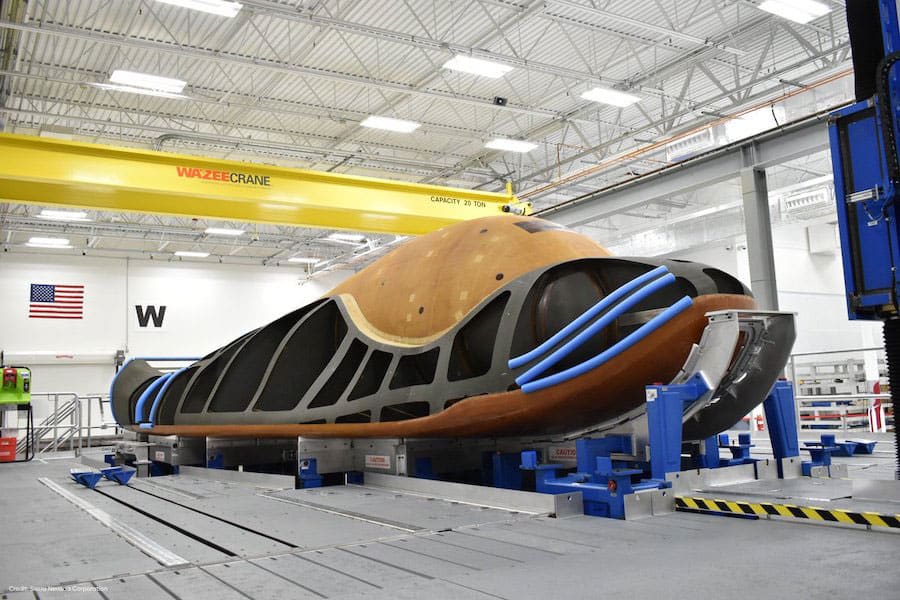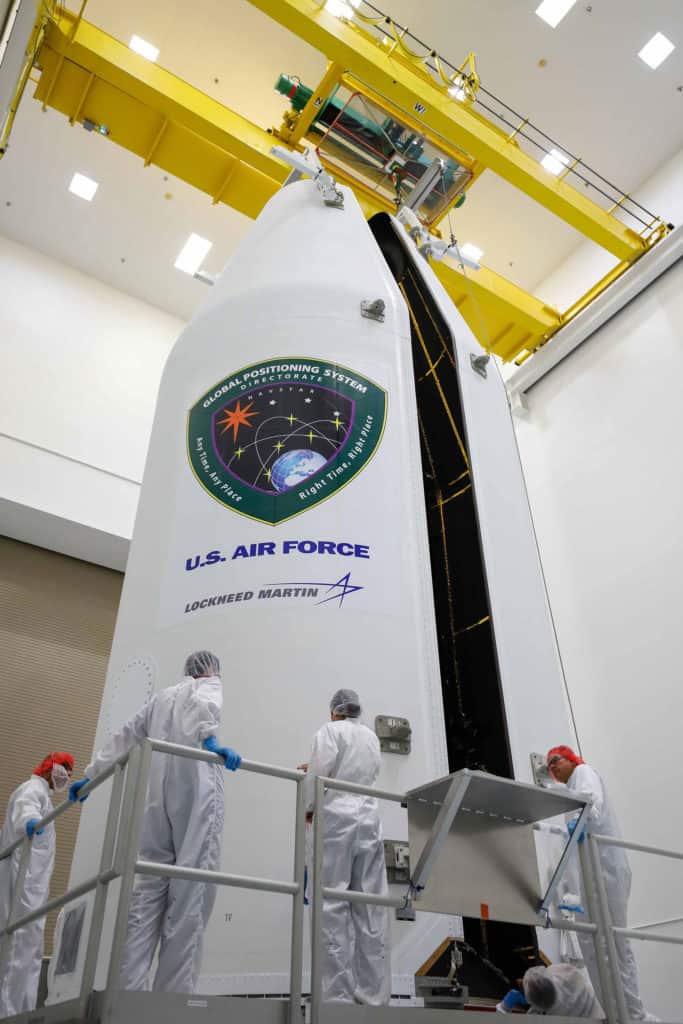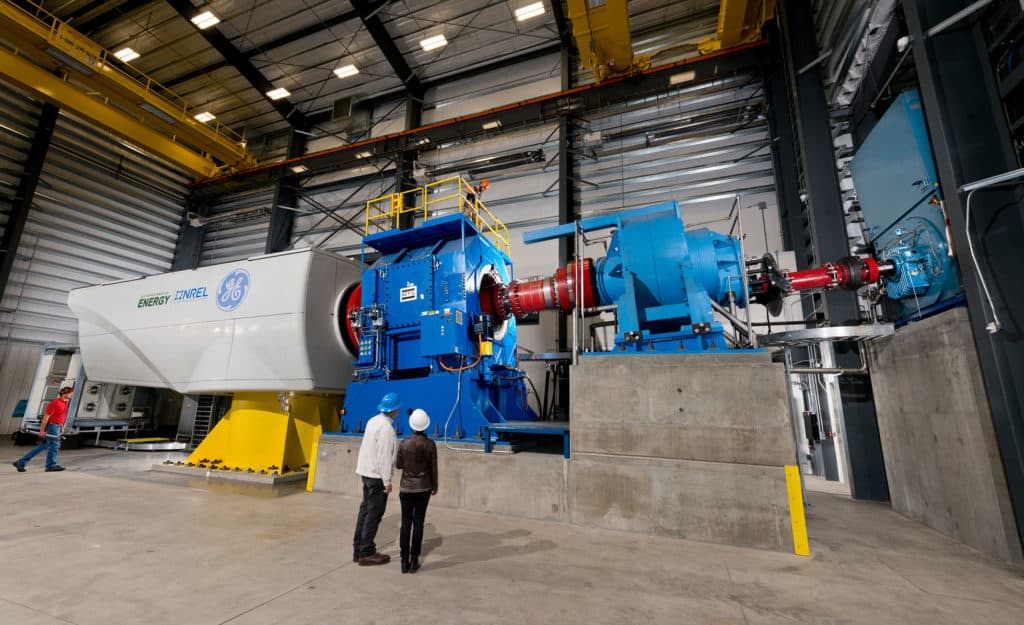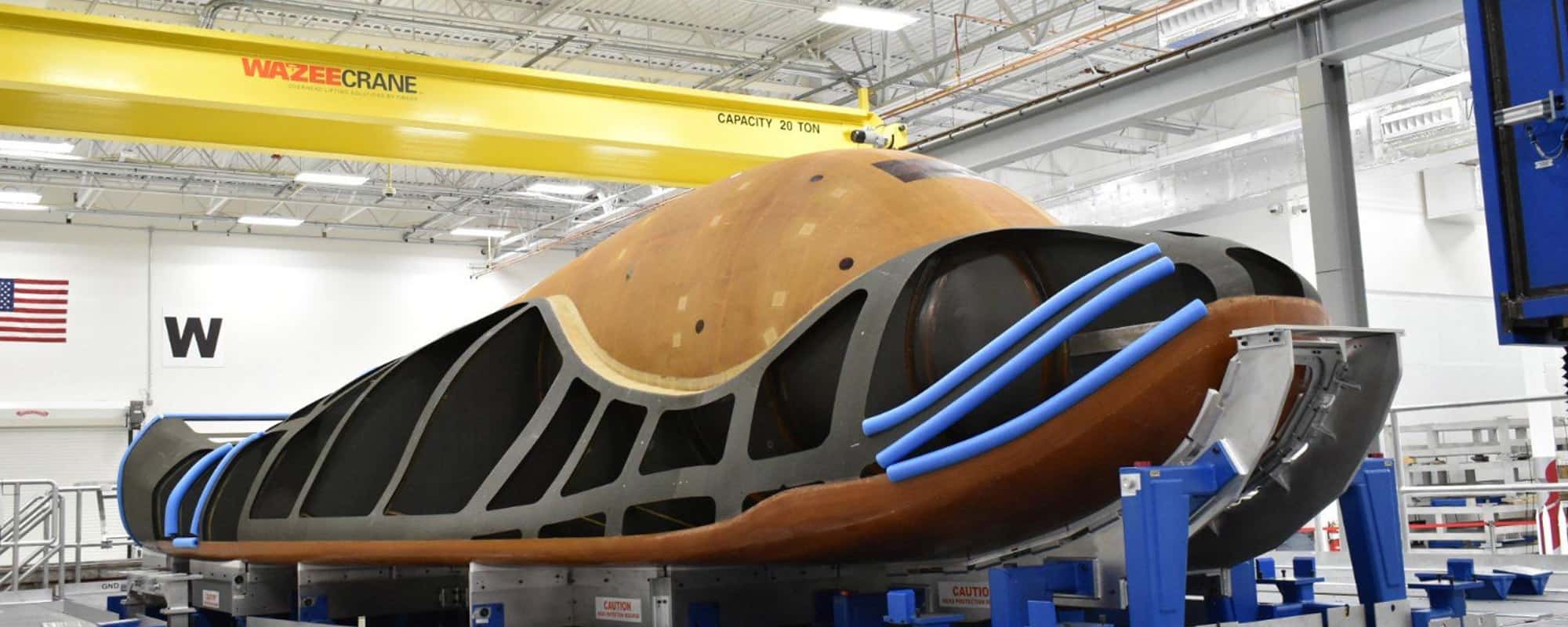Leadership
Wazee Crane: Protecting BIG Investments
Lifting and maneuvering multi-billion-dollar equipment in manufacturing and testing environments requires precision overhead material handling systems. Wazee Crane, part of Timken Power Systems, regularly engineers these systems for manufacturers of critical spacecrafts and satellites, including the Sierra Nevada Dream Chaser® spacecraft.
“The solutions we provide usually have multi-billion-dollar equipment on the other end of the hook,” says Steve Andrews, general manager of Wazee Crane. “We develop complicated, highly secured solutions. Where other companies shy away from those opportunities, they are absolutely in our wheelhouse.”
Sierra Nevada Dream Chaser® Spacecraft
Sierra Nevada Corporation (SNC), an innovator in space systems and national security and defense technology, has invested approximately $1 billion in the development of a next-generation space utility vehicle.
Designed as a multi-mission spacecraft to shuttle astronauts and cargo to the International Space Station, NASA approved it for cargo use starting as early as September 2021. When returning scientific samples from the space station back to NASA labs on Earth, Dream Chaser will offer gentle aircraft-type landings on a runway, rather than the higher-impact drops that space capsules currently employ.

Lockheed Martin, the company that built the composite body of Dream Chaser, asked Wazee Crane to install a semi-custom Wazee overhead crane to lift and maneuver the structure during various phases of manufacturing and assembly. Photo courtesy of SNC.
NASA estimates it will pay SNC $2-2.5 billion for transporting sensitive research cargo back to Earth within hours instead of days. Steven Lindsey, SNC’s senior vice president of Space Exploration Systems, says that’s the main reason for building the Dream Chaser.
“It’s all about the science for us,” he says. The craft will serve essentially as a science station in space that can then return that science “in a gentle, low-g environment so you don’t damage the research that’s been done in orbit.”
Manufacturing Dream Chaser requires an equal amount of finesse. Wazee Crane customized a pre-engineered crane to include features like a unique operator interface and variable speed control. These capabilities allow the production team to move Dream Chaser so slowly that the movement is barely perceptible. Keeping the spacecraft from rocking or swaying is essential for preserving both its integrity and the team’s safety.
A special Wazee lifting frame allows the team to hoist Dream Chaser in horizontal and vertical positions, so they can work on it from all angles.
“We’ve partnered extensively with Lockheed Martin to perfect the fixture solutions and series of controls to protect the huge investments being made in their equipment,” Andrews says. “From load sensing to laser positioning, we’re driven to provide highly-technical solutions that people don’t always associate with cranes. Our capabilities are rare.”
National Oceanic and Atmospheric Administration (NOAA) Satellite

A Wazee crane brings together the System Module (brain) and Core Module (body) of the National Oceanic and Atmospheric Administration (NOAA) GOES-R Satellite manufactured by Lockheed Martin, which conducts atmospheric observations of Earth. Wazee is the go-to provider for expensive, highly technical aerospace applications, including satellites. Photo courtesy of Lockheed Martin.
National Renewable Energy Laboratory (NREL) Lab

The National Renewable Energy Laboratory (NREL) in the United States uses a Wazee overhead crane in its dynamometer lab, which performs research validation on wind turbine drivetrains up to five megawatts by replacing turbine rotors and blades with a powerful motor. The overhead crane and hoists help install and change out test wind nacelles weighing 150,000 lbs. or more. Photo courtesy of NREL and DOE.
Last Updated: 2021/08/19
Published: 2020/04/21
